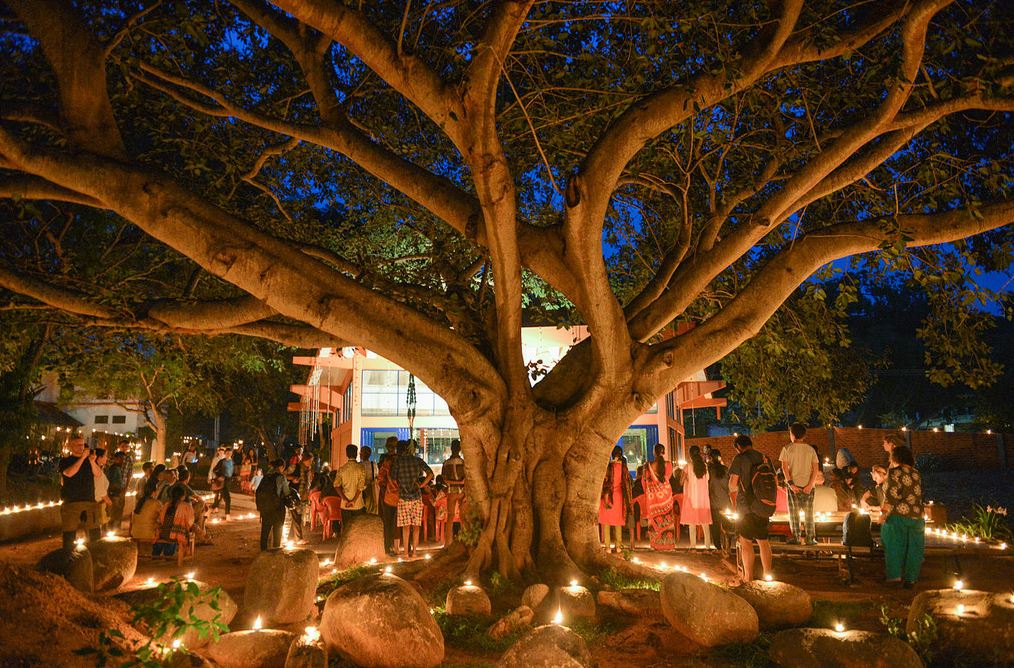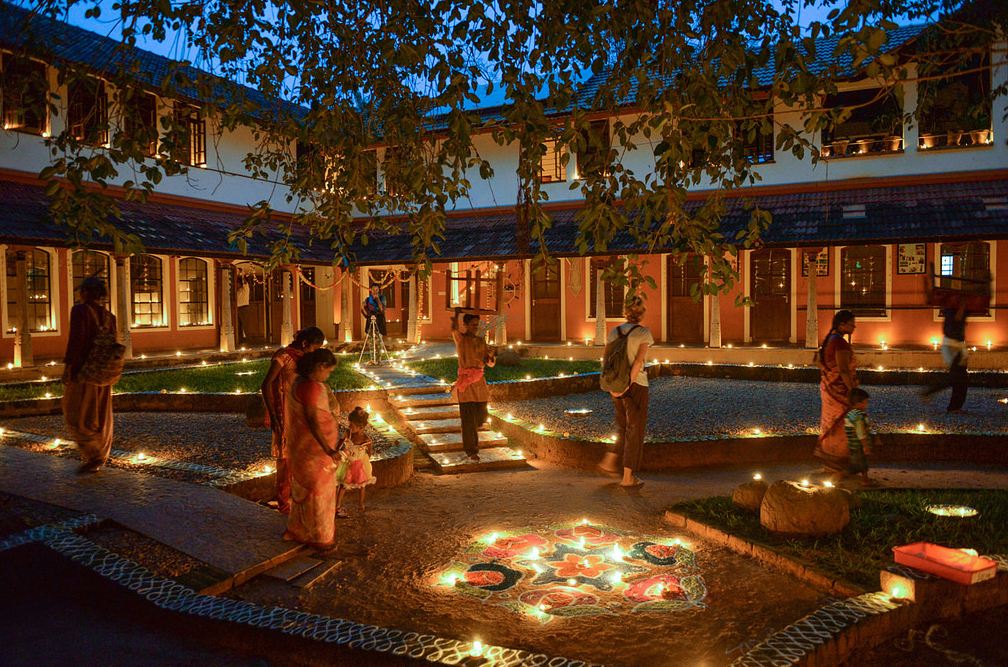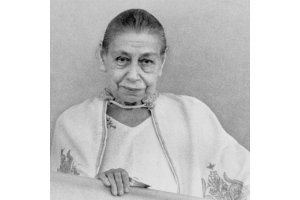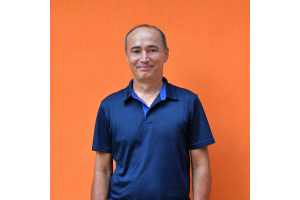The Story behind Diwali
Diwali, known around the world as “the Festival of Lights”, is an event celebrated all over the Indian subcontinent to mark the start of the Hindu new year. Of the 151 festivals celebrated in India each year, Diwali is the most important. From Kashmir to Kanyakumari, Diwali brings light to households of all caste, creed, religion, and culture. Over 800 million people celebrate Diwali in India alone, but it is also a national holiday in Trinidad & Tobago, Mauritius, Nepal, Sri Lanka and several other countries, which take part in the festival in their own unique ways.
The holiday gets its name from “avali” (line,row), and “Deepa” (lights). As Auroville is located in Tamil Nadu, India, it is difficult for its citizens to miss Deepavali (as it is called in the south). Auroville is a place surrounded by many small villages, all of which burst with radiance ateach special occasion, but most of all during Diwali. There are many tales which explain the beginning of the Diwali tradition, and these change as one moves from the north to the south. South Indians believe Diwali marks the triumph of Lord Krishna over the demon Narakasura. In Bengal, Diwali honours the fearsome goddess Kali.However, the most enduring of these tales is that of the Ramayana, when Lord Rama returned to Ayodhya after defeating the evil Ravana and rescuing his wife (daughter of the Earth in the story), Sita, with the help of a monkey army lead by Hanuman (a god in the form of a monkey).Strangely enough, the Ramayana took place in Tamil Nadu, but is given more importance in the north of India.
The story is intricate and detailed. Legend goes that it was written by sage Valmiki, who later taught Lord Rama’s children, Luv and Khush to sing it. In the story, Prince Rama is hunting with his brother Lakshmana in the forest when he comes across beautiful maiden Sita, who is the daughter of Mother Earth. The two get married and live contentedly in the palace, but Rama’s stepmother, bent on getting her own son on the throne, banishes them to live in exile for fourteen years. Rama’s loyal brother Lakshamana accompanies them. One fine day, a stunning young woman crosses their humble forest abode. Upon seeing Rama, she instantly falls in love with the dashing hero, and asks him to marry her. Rama apologises, explaining that he is already married, and introduces her to Lakshmana instead. Angered, the woman shows her true form, revealing that she is a demoness in disguise. Lakshmana battles her and ends up cutting off her nose. The demoness flees, and returns to her brother, the fearsome ten-headed demon Ravana. Bent on seeking revenge, Ravana kidnaps Sita. Rama and Lakshmana then embark on a journey to save the beloved Sita (whom Ravana has decided to marry). On the way, they encounter Hanuman, who is actually Lord Shiva (a god) in the form of a monkey. Prince Rama, in many of his earlier lives, was a worshipper of Lord Shiva. Therefore, Hanuman offers to help him on his quest to save Sita. Diwali is thus a festival which originated when the people of Ayodhya (Rama’s Kingdom) lit lamps to honour Rama’s victory over Ravana.
To many people, the festivities signify the victory of light over darkness, and the chance to begin a new chapter in their lives. Diyas (mud lamps) are lit, rangolis (a design made with coloured powder) decorate the floors, and fireworks light the skies. All these extravagances are ploys to attract Lakshmi, the goddess of wealth, so that she may bring prosperity to the household. Outside India, ironically, it is the city of Leicester, England that hosts the largest Diwali galas, perhaps as homage to India’s large cultural impact.
Happy Diwali!







